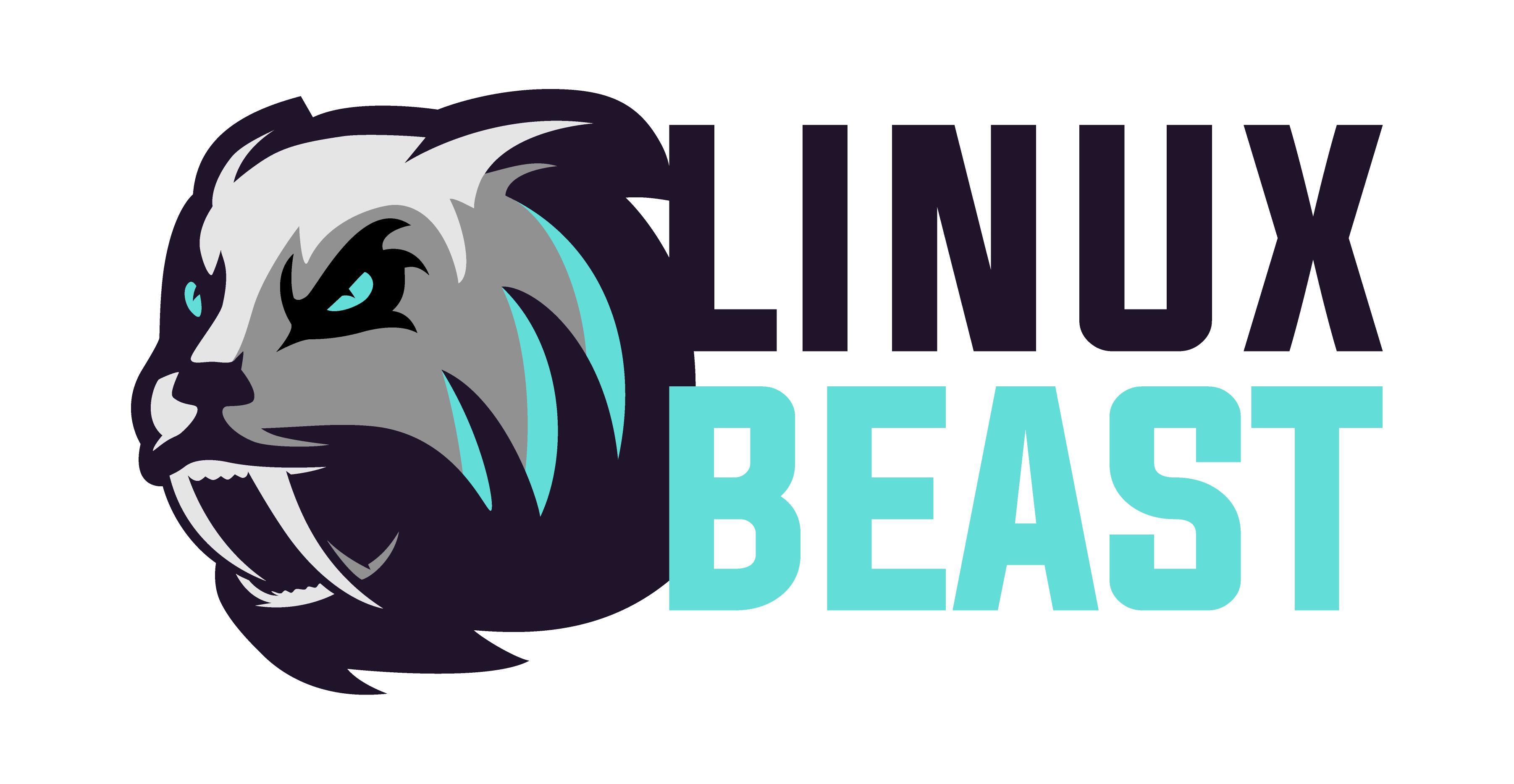Use Python for automation.
- Install and manage Python versions
- Use pip and virtualenv
- Write simple automation scripts
Get started Python for DevOps
📦 How to properly install Python libraries
When you start working on a Python project or writing a script, you will often need to install libraries — because most programs rely on external packages. This guide will show you how to properly install Python libraries and where to find them.
📦 Python Package Index (PyPI)
PyPI — the Python Package Index — is the main place where you can find and download Python libraries.
It is used with the pip command to install packages, like this:
pip install requests
You can also install a specific version:
pip install requests==2.31.0
📌 PyPI hosts thousands of libraries for web development, automation, data science, and more. Visit https://pypi.org/ to explore packages, check documentation, or copy install commands.
🗂️ Using requirements.txt
You can list all your Python libraries inside a file called requirements.txt so you or your team can install everything with just one command.
📄 Example requirements.txt
requests==2.31.0 flask==2.3.2 pandas==2.2.1
📥 Install All Packages from File
pip install -r requirements.txt
🧪 Using Virtual Environments (Recommended)
Steps to create and use a virtual environment:
Step 1. Install virtualenv if not yet installed:
pip install virtualenv
Step 2. Create a new virtual environment:
virtualenv venv
Step 3. Activate it:
source venv/bin/activate
Step 4. Install your libraries inside the virtual environment:
pip install requests flask
Freeze the libraries to a file:
pip freeze > requirements.txt
Deactivate when done:
deactivate
✅ This keeps your system clean and helps manage project dependencies better.
